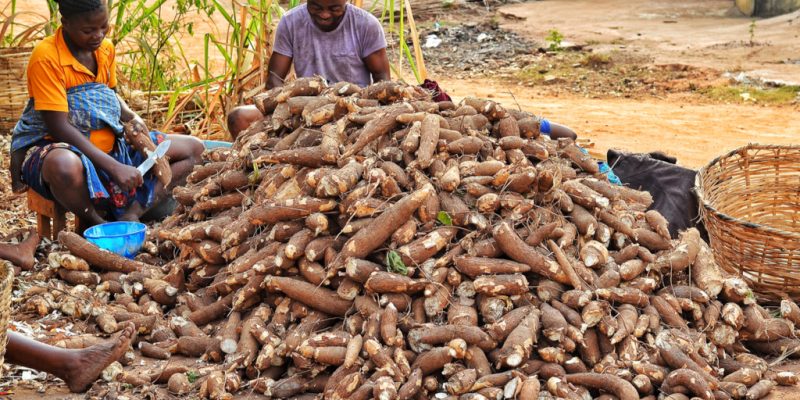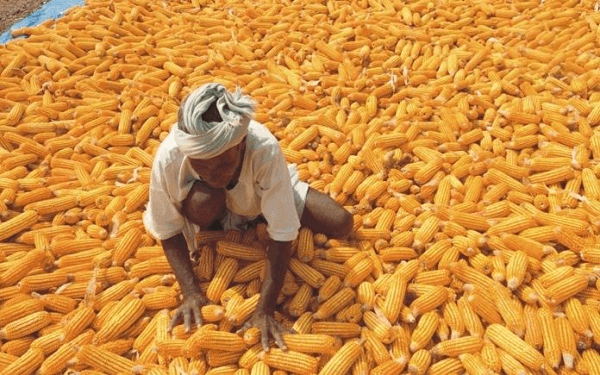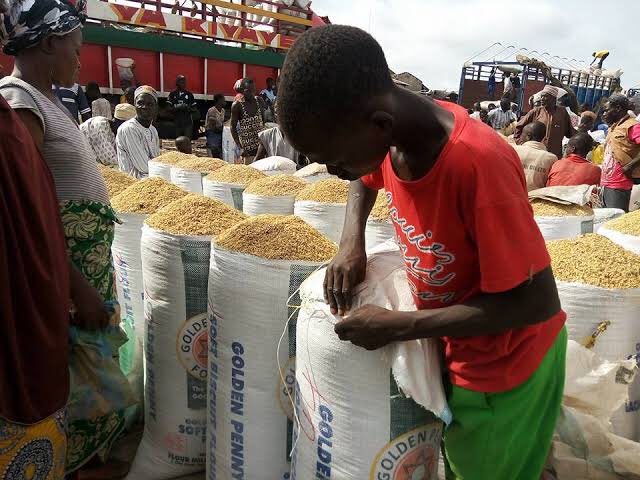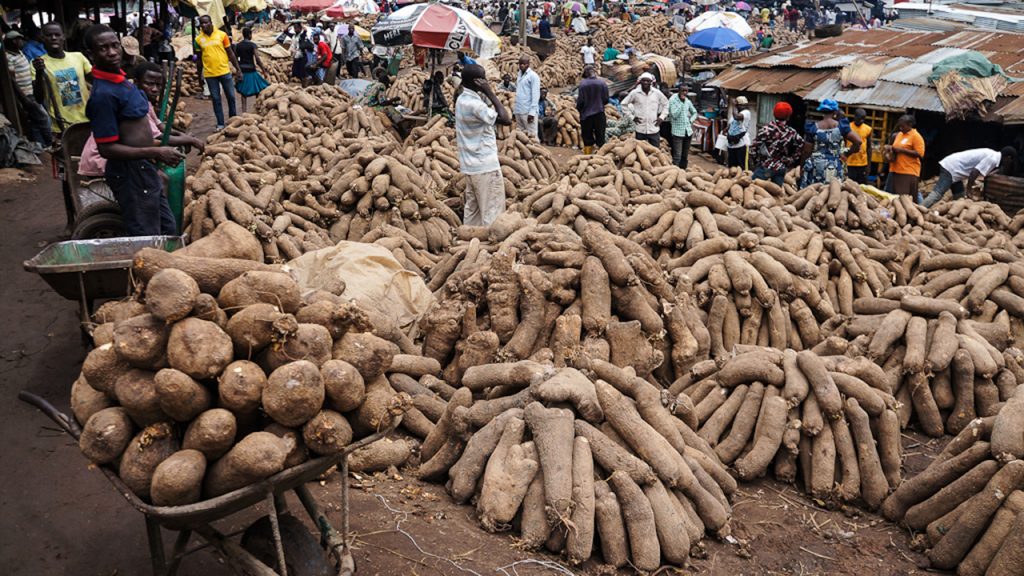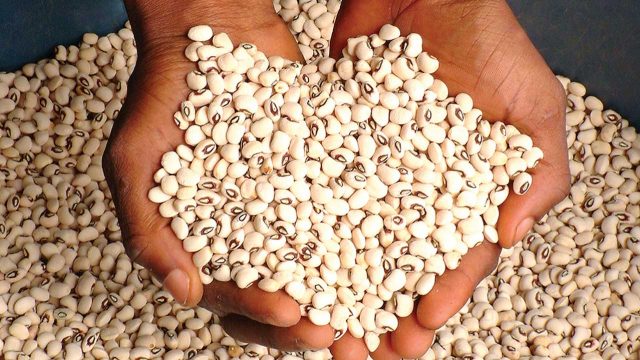The rainy season provides a perfect condition for growing strong, healthy crops. In Nigeria, it usually starts around late March/early April and does not stop till around late September/early October every year; leveraging this wet time can lead to a bumper harvest.
However, not all crops can be successfully grown in this season due to the consistent precipitation that usually accompanies the season. In this blog post, we will be considering four crops that grow well when planted during the rainy season.
Ready? Let’s dive right into it.
Rice
An obvious choice, right? You bet it is. But very few economically important crops need water as Rice does. This semi-aquatic crop due to its very high water grows best in soils that have a high-water retention rate – a condition that is very easily achieved during heavy rain seasons – from which the roots of rice plants efficiently absorb nutrients from the waterlogged soil.
Asides from that, there is another highly important reason why it makes sense to grow rice during rainy seasons, and that is due to the natural barrier that the surrounding water provides against weeds. To be doubly sure of weed growth suppression, apply Hedge, Pendigold or Buster as pre-emergence herbicide weed control. And in case you have already planted and the weeds have begun showing up, trust any of Nominee Gold, Actrox or Selet Gold as the choice post-emergence to help you eliminate them at once!
Peanuts (Groundnut)
Peanuts, also known as groundnuts, are an equally excellent choice for the rainy season as the consistent moisture of the rainy season works well for their development. The good thing with peanuts is that is has a relatively short maturity time (3-4months, as such, they can be planted and harvested twice within the rainy season) while their nutty flavour and nutritional value make them a popular choice for both snacking and cooking ensuring high financial returns for the farmer.
Safeguard your peanuts from weeds using Rooter as a pre-emergence herbicide control and Gallant Super for post-emergence weed elimination.
Guess what?
Gallant Super is back in stock. Hurry now to place your order and give your peanuts the advantage over weeds.
Okra/Okro
Okra, with its vibrant green pods, is a hardy vegetable that leverages increased humidity and rainfall to grow better and produce higher yields. They also don’t take long to produce their yields with the first harvest ready about two months after planting; this means they can be planted multiple times during the rainy season thus being a continuous source of income for farmers.
Protect your okra from insects with Cypertex or Hallakat, and from fungi diseases using Gaiya or Mackecknie Gold; you can thank us later.
Sweet Potatoes
Sweet potatoes are versatile and nutrient-rich crops that perform exceptionally well in the rainy season. These root vegetables prefer loamy, well-draining soil and a moderate amount of rainfall. The rainy season provides an optimal combination of moisture and warmth that promotes vigorous root development. Sweet potatoes are a rich source of vitamins and fibre; so, they are usually highly demanded either for personal consumption or resale by retailers.
Here’s a tip, Gallant Super is an efficient, long-lasting option for post-emergence weed control of broadleaved weeds in Potatoes. Don’t forget it is now available, and is fast selling out.
Conclusively,
While there are several other crops that can best be planted during the rainy season, we have focused on the ones that produce high financial returns for the farmer. However, to ensure a successful harvest, make sure to prepare your farmland properly and promptly control weeds if/when they show up and watch the rain do its magic.
Do well to share this with your friends and fellow farmers, and don’t forget to share your thoughts on this in the comment section below.
Cheers to a productive rainy season, see you next week!
